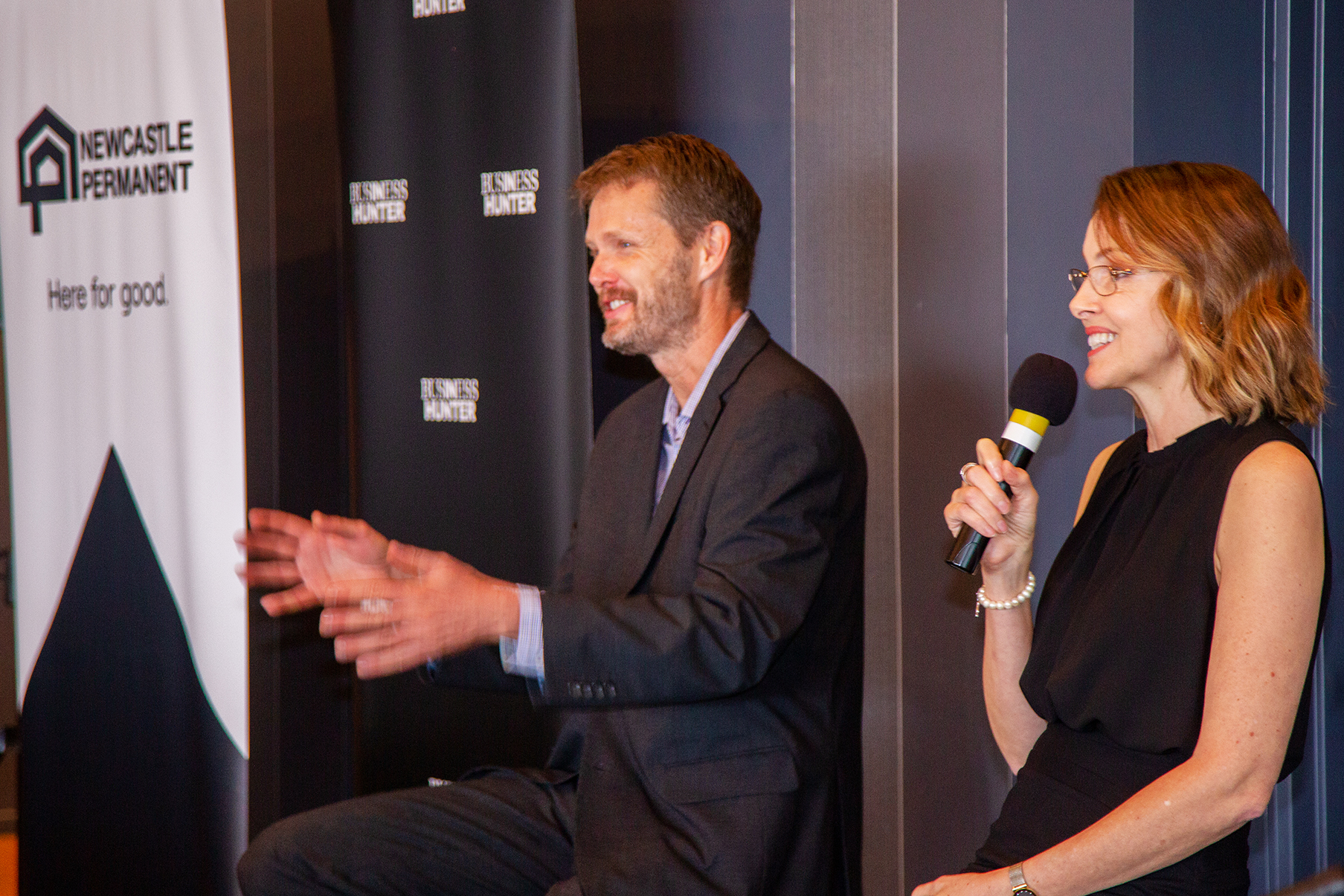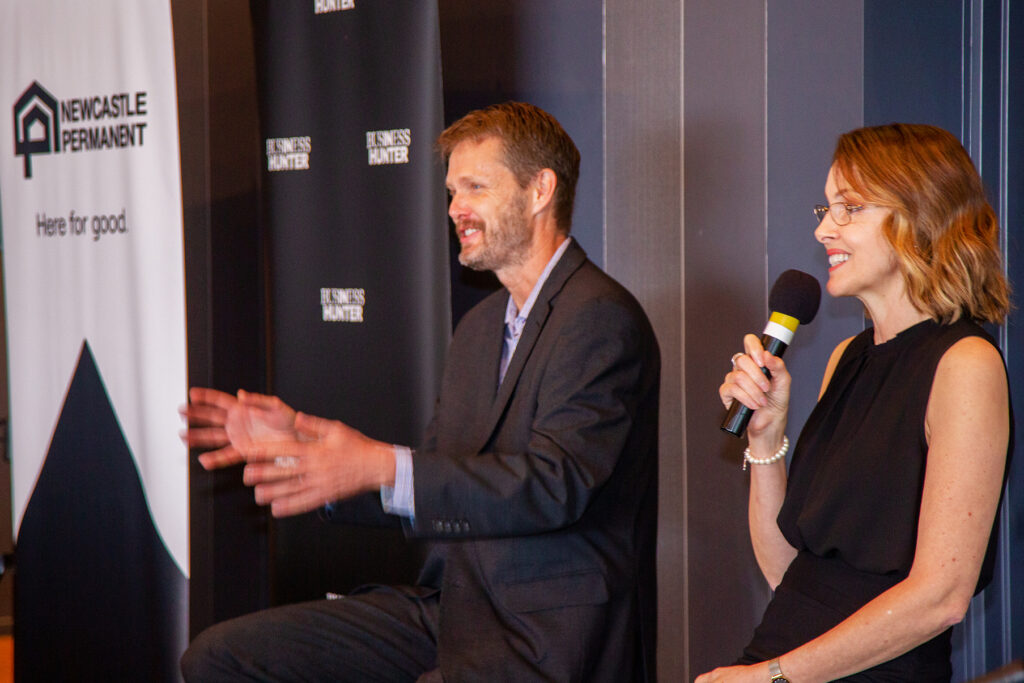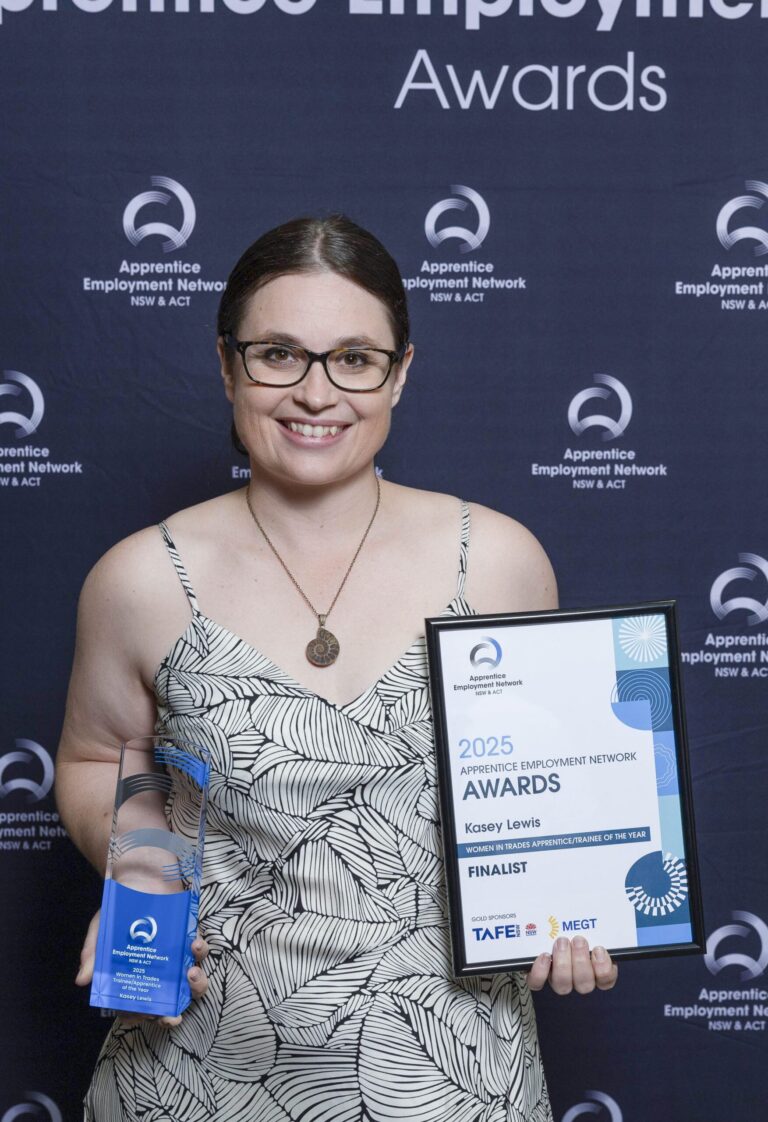There are six things that Hunter business leaders and marketing and communication professionals need to know to tell their business story well.
The six things are really one thing. Six questions to ask before you start telling or writing your business story. Who, what, when, where, how, and why.
These questions are used by journalists and public relations professionals when creating stories or media releases. We have modified them to create a framework for constructing business stories. You can use the approach when writing your story, videoing your story, presenting, or networking.
Here’s a summary:
Who is your audience(s)?
Many people make the mistake of writing from their perspective rather then what’s in it for their audience.
When identifying your audience, you may have more than one. Don’t forget your staff. You may need to tailor your story to different audiences.
What is your business objective/reason for telling your story?
Why do you want to write or tell your story? What are you trying to achieve? Are you entertaining, informing, advocating, influencing, or selling? This will influence how you tell your story.
Once you are clear on your objective, work out your story hook or angle that will get your audience interested in the story.
When will you tell your story?
Timing is everything.
Make sure your story is timely from a number of perspectives. Your story will have more cut through if you are telling people current news, rather than old news. Consider times when your audiences may be willing and able to listen to your story.
For example, when sending our customer EDMs, you may want to avoid sending them out of hours, or on a Monday or Friday, when people are more likely to be away.
Different audiences may need to or want to hear your story at different times. A common mistake organisations make is to tell staff after they tell others. Your people can’t appropriately respond to questions from your other audiences if they are hearing the news for the first time from that person.
Where is your audience?
Where is your audience likely to read or hear your story? Different audiences may be in different places so you may have to tell your story via a range of communication channels – your website, media, social media, presentations or forums, newsletters, electronic direct mail (EDM), or via third parties and associations.
Ask yourself if your audience is willing or ready to receive your story, and through a particular channel. Just because your audience is on Facebook or Instagram, it doesn’t mean they want to hear your story there.
How will you tell your story?
As well as thinking about channels, think about the format of your story. Will you write it, say it, video it, or create an infographic for it? You may need to do a number of these things as people absorb information differently. Some are visual, some need words, and some like to hear a story.
As well as keeping the story focused on the audience, remember to keep it simple. People are time poor and bombarded by hundreds of stories every day. To help your story to cut through, make it as short and simple as possible. Of course, exceptions apply.
Avoid jargon your audience won’t understand. Filling your story with the latest buzzwords in meaningless sentences doesn’t make you sound smarter, it makes it harder for the audience to understand the point of your story.
A useful trick is to tell your story with the most important information first, rather than taking people through a timeline. This is how journalists write stories and is different to an “introduction, body, conclusion” format. People may not make it through to the end and miss the key message.
What is your why?
Tell people why you are doing something. Businesses often tell staff or customers what they are doing (or what they want others to do) and how they are doing (or how they want others to do something). But they often forgot to tell people why! It helps to gain buy-in, and increases the chances of your audience acting on the story in the way you would like them to do so.
The “why” helps activate people’s limbic system. This part of the brain is involved in behavioural and emotional responses where connections are made; the ones we remember.
This develops your brand. Remember, your logo is not your brand. Your brand is the connection people feel and the experience people have with your business.
These questions will help you to get your story straight and to tell it well to the right people at the right time.






